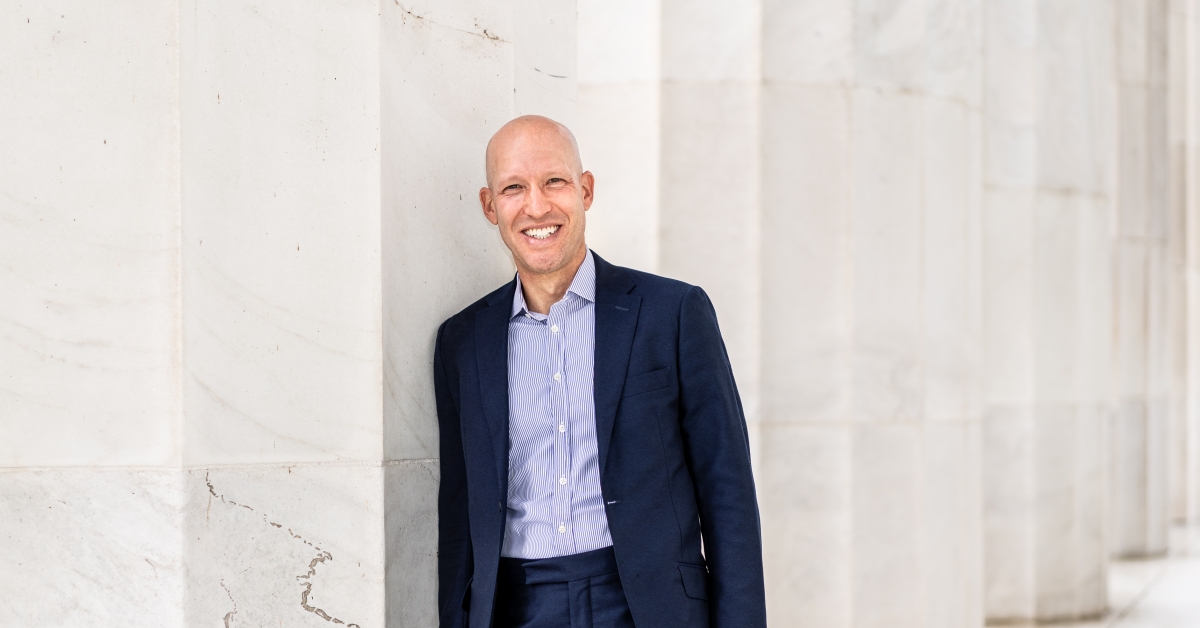Why Wealth Managers Are Choosing These Crypto Accounts
Wealth managers are increasingly receiving client questions about investing in crypto and how clients can gain exposure to this asset class. Most financial advisers are unaware of the pros and cons of investment vehicles available to invest in digital assets on behalf of their clients.
Over the past 12 months, 90% of financial advisers have received client questions about crypto, according to The Bitwise/VettaFi 2023 Benchmark Survey of Financial Advisor Attitudes Toward Crypto Assets. RIAs and financial advisers must navigate a range of considerations when allocating to this asset class, most notably around security and compliance considerations. Advisers must be mindful of the characteristics of each structure as they select the proper investment vehicle.
You’re reading Crypto Long & Short, our weekly newsletter featuring insights, news and analysis for the professional investor. Sign up here to get it in your inbox every Wednesday.
The current options for financial advisers are:
-
instructing the client to move assets away and invest self-directed at a retail crypto exchange (e.g., Coinbase)
-
over-the-counter trust (e.g., the Grayscale Bitcoin Trust)
-
private funds
-
investing through a crypto separately managed account (SMA).
:format(jpg)/cloudfront-us-east-1.images.arcpublishing.com/coindesk/NLSCGMNQ6VBTTPPU37ISZEAOIU.png)
Separately managed accounts have been growing rapidly over the past 10 years, with assets under management growing from $550 billion in 2011 to $1.7 trillion in 2021. Wealth managers chose SMAs due to the key advantages of tax optimization, direct ownership, professional management and customization. For those same reasons, the wealth management market is steadily adopting crypto SMAs as the vehicle of choice to invest in this emerging asset class. Below are some of the benefits:
-
Tax Optimization: The crypto market is volatile relative to other asset classes, creating attractive tax optimization opportunities. When an investor utilizes a crypto SMA, an account is opened in their name at a digital asset qualified custodian, allowing the investor to own the digital assets directly. This structure enables tax optimization in these accounts unavailable in the OTC trust or private fund structure. Crypto SMAs often have a tax overlay strategy that will find opportunities to reduce or offset the client’s capital gain tax liability, like traditional SMAs.
-
Direct Ownership: Direct ownership is the best structure from an investment vehicle perspective. There is minimal tracking error compared to other products, such as an OTC public trust, which can have meaningful premiums and discounts and, thus, tracking error. Further, there is 24/7 liquidity for crypto SMAs, allowing investors and advisers to sell or buy anytime.
-
Reporting Integration: Crypto SMA providers can integrate directly with wealth managers reporting platforms (e.g., Orion, Addepar, Black Diamond), allowing advisers to model, report and bill seamlessly on their clients’ digital asset holdings.
-
Professional Management: In an emerging and complex asset class such as crypto, the expertise of professional management is even more valuable than traditional asset classes. An emerging asset class is difficult to keep up with to the extent needed to make proper allocation decisions. By utilizing crypto SMAs, an adviser can benefit from outsourcing digital asset portfolio management and trading to specialists with deep expertise in the digital asset market.
-
Institutional Custody: An adviser can use a crypto SMA to take advantage of an institutional-grade custodian in an emerging asset class. Given crypto’s security risk and compliance considerations, working with an established and qualified custodian is essential. Client assets are typically held at a custodian who maintains both a SOC 1 and SOC 2 from a recognized accounting firm, undergoes internal audits and is subject to regulatory oversight requirements (including capital requirements) from the New York State Department of Financial Services. The institutional-grade custodian provides institutional cold storage, trading, and security.
Click here to read a longer version of this article.
Edited by Nick Baker.









